
book of art pdf
Art books in PDF format offer vibrant visuals and insightful commentary‚ making them invaluable for artists‚ students‚ and enthusiasts. They provide convenient access to high-quality art education and inspiration‚ bridging the gap between physical and digital media.
What is an Art Book?
An art book is a comprehensive resource that showcases various forms of artistic expression‚ including paintings‚ sculptures‚ and photography. It often serves as both an educational tool and a source of inspiration for artists‚ students‚ and enthusiasts. These books typically feature high-quality images‚ detailed descriptions‚ and insightful commentary on different art styles and historical periods. Popular examples include The Art Book by DK Publishing‚ which contains over 150 vibrant full-color paintings‚ and My Very First Art Book by Rosie Dickins‚ designed for young learners. Art books are also available in PDF format‚ making them easily accessible for digital audiences. They cover a wide range of topics from artistic anatomy to step-by-step drawing guides‚ catering to diverse skill levels and interests. This accessibility has made art books invaluable for learning and appreciation in the digital age.
Evolution of Digital Art Books
The shift from physical to digital art books has revolutionized how we access and engage with artistic content. With the rise of technology‚ institutions like the Guggenheim have digitized their collections‚ making art books more accessible. PDF formats allow users to download and view high-quality images and texts effortlessly. This evolution has also enabled the creation of open educational resources‚ reducing financial barriers for students and enthusiasts. Digital art books now offer interactive features‚ such as zoom capabilities and linked references‚ enhancing the learning experience. Additionally‚ platforms like FTP and online archives provide free access to historical and contemporary art books‚ fostering a global community of art lovers. This digital transformation ensures that art education is more inclusive and widely available than ever before‚ while preserving the richness of artistic history.

Popular Titles Available as PDFs
Notable art books like “The Art Book” by DK Publishing and “My Very First Art Book” by Rosie Dickins are widely available as PDFs‚ offering vibrant visuals and educational content.
Notable Art Books in PDF
Several renowned art books are available in PDF format‚ offering extensive collections of artworks and educational content. The Art Book by DK Publishing stands out as a comprehensive guide‚ featuring over 150 vibrant full-color paintings and insightful commentary on key artistic movements. Another notable title is My Very First Art Book by Rosie Dickins‚ designed for young learners‚ providing an engaging introduction to art basics. These PDFs are accessible‚ allowing readers to explore masterpieces and learn artistic techniques without the need for physical copies. Their digital format ensures convenience‚ making them ideal for students‚ artists‚ and enthusiasts alike. Such resources bridge the gap between traditional and modern learning‚ fostering a deeper appreciation for art history and practice.
The Art Book by DK Publishing
The Art Book by DK Publishing is a seminal work in the realm of art literature‚ now widely available in PDF format. This comprehensive guide spans the entirety of art history‚ from ancient masterpieces to contemporary works. It features over 150 vibrant full-color paintings‚ accompanied by insightful commentary that illuminates the cultural and historical contexts of each piece. The book is organized chronologically‚ making it easy for readers to trace the evolution of artistic movements and styles. A standout feature is its inclusion of works by iconic artists such as Leonardo da Vinci‚ Vincent van Gogh‚ and Frida Kahlo. The PDF version retains the high-quality visuals and detailed analysis of the physical edition‚ offering a portable and accessible way to explore the world of art. It is an invaluable resource for art enthusiasts‚ students‚ and professionals alike.
My Very First Art Book by Rosie Dickins
My Very First Art Book by Rosie Dickins is a charming and engaging introduction to the world of art‚ specifically designed for young children. This colorful book simplifies complex art concepts‚ making them accessible to beginners. It features playful illustrations and interactive activities that encourage creativity and exploration. The PDF version of this book is particularly useful for parents and educators‚ as it allows easy sharing and viewing across devices. With its focus on basic art principles and fun learning‚ it is an excellent starting point for children to develop an appreciation for art. The book’s simplicity and engaging format make it a popular choice for early learners‚ providing a foundation for future artistic endeavors. Its availability in PDF ensures it remains a versatile tool for nurturing creativity in young minds.

Benefits of Digital Art Books
Digital art books offer enhanced portability‚ space-saving convenience‚ and easy access. They also provide features like zoom and search‚ making them a versatile and practical choice.
Accessibility and Convenience
Digital art books in PDF format offer unparalleled accessibility and convenience. They can be easily downloaded and accessed on various devices‚ such as smartphones‚ tablets‚ and computers‚ making them portable and space-saving. This eliminates the need for physical storage‚ allowing users to carry entire libraries wherever they go. Additionally‚ digital art books enable quick navigation through indexes‚ tables of contents‚ and search functions‚ streamlining the learning and creative process. Features like zoom and adjustable font sizes further enhance readability and user experience. With instant downloads and 24/7 availability‚ digital art books provide unmatched flexibility‚ catering to diverse schedules and learning preferences. This accessibility ensures that art education and inspiration are just a click away‚ breaking down barriers of time and location. The convenience of digital formats has revolutionized how art resources are consumed and utilized.
Cost-Effectiveness
Digital art books in PDF format are often more cost-effective than their physical counterparts. The reduction in production and distribution costs allows publishers to offer lower prices‚ making art resources more affordable for students‚ enthusiasts‚ and professionals. Additionally‚ many digital art books are available for free or at discounted rates‚ especially those in the public domain or open-access platforms. This affordability democratizes access to high-quality art education materials‚ enabling individuals to explore a wide range of artistic styles and techniques without financial strain. Furthermore‚ digital formats eliminate the need for physical storage‚ saving money on shipping and maintenance. This cost-effectiveness ensures that art books remain a viable and accessible tool for learning and inspiration‚ fostering creativity and knowledge without breaking the bank.
Environmental Impact
The shift to digital art books in PDF format has significantly reduced the environmental impact associated with traditional publishing. By eliminating the need for paper‚ ink‚ and physical production processes‚ digital art books conserve natural resources and minimize deforestation. Additionally‚ the transportation of physical books contributes to carbon emissions‚ which is entirely avoided with digital downloads. The reduction in waste is further amplified as digital books do not end up in landfills. This eco-friendly approach aligns with global sustainability goals‚ making art books more accessible while promoting environmental responsibility. As a result‚ digital art books offer a guilt-free way to explore and learn about art‚ ensuring that the appreciation of creativity does not come at the expense of the planet’s well-being. This shift supports a more sustainable future for art education and appreciation.

Downloading Art Books as PDFs
Downloading art books as PDFs is a quick and simple process‚ offering access to a vast library of artistic resources.
Digital versions save space and are easily accessible on various devices‚ making them a convenient option for art enthusiasts.
Free Sources for Download
Several websites offer free art books in PDF format‚ making high-quality resources accessible to everyone.
Platforms like Project Gutenberg and ManyBooks provide classic art literature at no cost.
Additionally‚ Google Books often features previews or full downloads of art-related titles.
Websites such as HathiTrust Digital Library and Internet Archive also host a variety of art books in PDF format.
These sources are ideal for students‚ researchers‚ or enthusiasts seeking affordable access to art knowledge.
Always ensure compliance with copyright laws when downloading free resources.
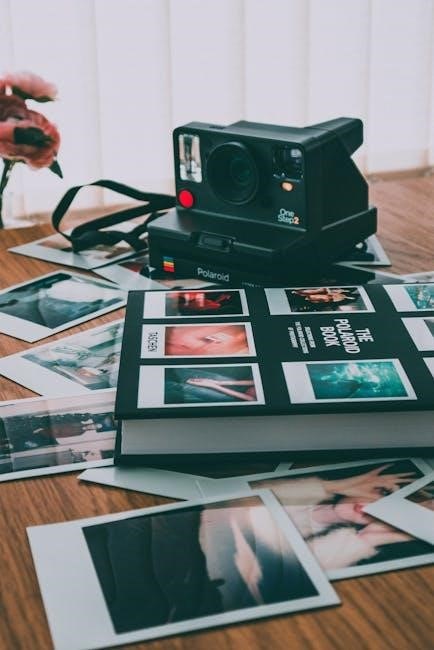
Paid Platforms for Purchase
For those seeking high-quality art books in PDF format‚ numerous paid platforms offer extensive collections.
Amazon Kindle‚ Barnes & Noble Press‚ and Apple Books provide a wide range of art-related titles in digital formats.
Platforms like Etsy and Book Depository also offer unique and niche art books in PDF.
Many publishers‚ such as Penguin Random House and HarperCollins‚ sell digital versions of their art books directly through their websites.
These platforms ensure access to licensed and high-resolution content‚ often with additional features like adjustable fonts and bookmarks.
Purchasing from these sites supports authors and publishers‚ contributing to the creation of more art resources.
They are ideal for professionals and enthusiasts willing to invest in premium content.
Legal Considerations
When accessing art books in PDF format‚ it is crucial to consider legal aspects to avoid copyright infringement.
Downloading or sharing copyrighted material without permission is illegal and can lead to legal consequences.
Many websites offering free PDF downloads may host pirated content‚ which supports copyright violation.
To ensure legality‚ opt for reputable sources like Project Gutenberg or Google Books‚ which provide public domain or open-licensed works.
Additionally‚ purchasing digital art books from authorized platforms like Amazon Kindle or Book Depository guarantees compliance with copyright laws.
Always respect the rights of artists and authors by acquiring their work through legitimate channels.
This not only avoids legal risks but also supports the creation of more art-related content.
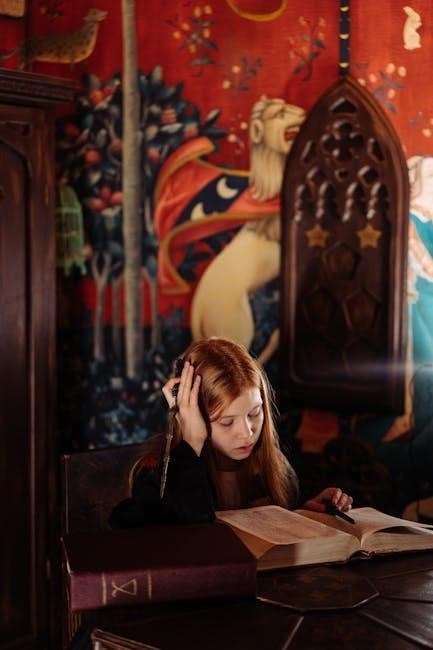
Resources by Skill Level
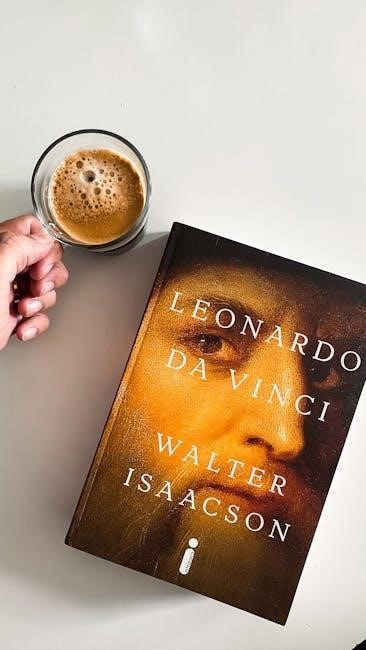
Art books in PDF format cater to all skill levels‚ offering step-by-step guides for beginners and advanced techniques for experienced artists‚ ensuring comprehensive learning opportunities.
For Beginners
Art books in PDF format designed for beginners provide foundational knowledge and skills to kickstart creative journeys. These resources often include step-by-step guides‚ basic techniques‚ and introductions to art history‚ making complex concepts accessible. Many PDFs cater specifically to newcomers‚ offering simple language‚ clear instructions‚ and visual examples to aid understanding. Topics range from drawing basics to color theory‚ ensuring a comprehensive learning experience. Interactive elements‚ such as downloadable worksheets‚ allow beginners to practice and refine their skills. These books are ideal for those exploring art for the first time‚ offering a structured approach to building confidence and creativity. By focusing on essential principles‚ they create a solid foundation for further artistic development.
Intermediate and Advanced
For those with established art skills‚ PDF art books offer advanced techniques and in-depth exploration of specialized mediums. These resources cater to intermediate and advanced artists seeking to refine their craft‚ experiment with new styles‚ or master specific artistic disciplines. Topics may include intricate drawing methods‚ complex color theory applications‚ and detailed guides to digital art software. Many PDFs provide case studies of renowned artists‚ offering insights into their creative processes and techniques. Additionally‚ these books often feature challenges and projects designed to push artistic boundaries‚ helping intermediate and advanced practitioners to innovate and expand their portfolios. With a focus on sophistication and depth‚ these PDFs are invaluable for artists aiming to elevate their work to professional levels.

Education and Digital Art Books
Digital art books enhance learning by integrating visual and textual content‚ making complex concepts engaging. They support curriculum needs and offer flexible access to educational resources.
Integration into Curriculum and Open Educational Resources
Digital art books are increasingly being integrated into educational curricula‚ offering students and educators accessible‚ interactive learning tools. Many institutions now adopt PDF art books as part of their course materials‚ enhancing traditional textbooks with rich visuals and detailed analyses. Open Educational Resources (OER) platforms provide free access to high-quality art books‚ enabling educators to incorporate diverse perspectives and historical contexts into their teaching. These resources align with learning objectives‚ covering topics like art history‚ theory‚ and practical techniques. By integrating digital art books‚ educators foster engagement and deeper understanding‚ while students benefit from flexible‚ self-paced learning. This approach also promotes collaboration‚ as digital platforms allow for easy sharing and discussion of artistic works and ideas.
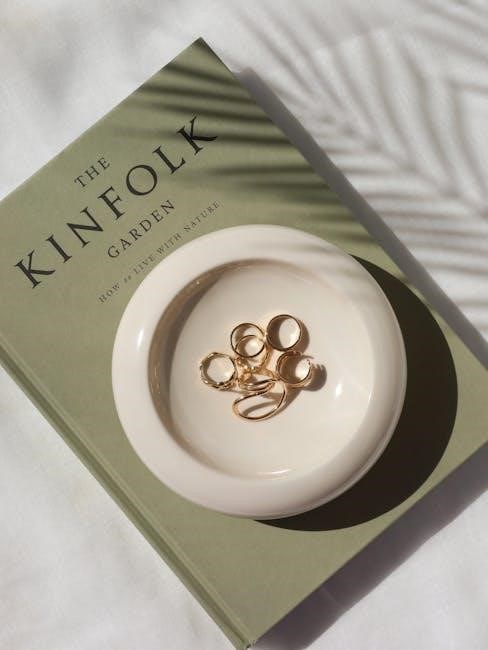
Future of Digital Art Books
Digital art books are advancing with interactive features‚ AI-enhanced visuals‚ and immersive storytelling‚ making art education more accessible and engaging for future generations globally.
Emerging Trends
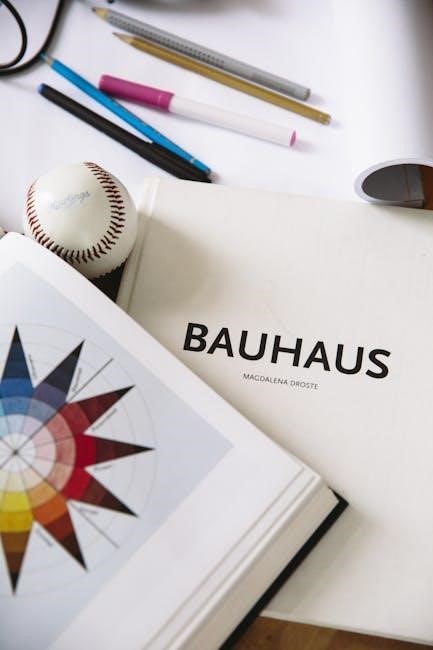
The future of digital art books is shaped by emerging trends like interactive content‚ AI-driven art generation‚ and immersive storytelling. AR and VR integration is transforming how art is experienced‚ offering 3D visualizations and virtual gallery tours. Personalized learning tools and customizable content cater to individual preferences‚ enhancing engagement. AI recommendations help users discover art based on their interests‚ fostering deeper exploration. Additionally‚ collaborative platforms enable artists and educators to create shared content‚ promoting global creativity. These trends not only make art more accessible but also redefine how art education and appreciation evolve in the digital age. The integration of multimedia elements‚ such as videos and audio narratives‚ further enriches the learning experience‚ making digital art books indispensable for both students and enthusiasts alike.
Impact on Art Education
Digital art books in PDF format are revolutionizing art education by providing unparalleled accessibility to resources. Students and educators can now access high-quality visual content‚ tutorials‚ and historical art collections with ease. Interactive features‚ such as zoomable images and embedded videos‚ enhance learning experiences‚ making complex concepts more engaging. Additionally‚ digital books allow for real-time updates‚ ensuring that educational materials remain current and relevant. The cost-effectiveness of PDFs also democratizes access to art education‚ benefiting students in remote or economically disadvantaged areas. Furthermore‚ digital platforms facilitate collaborative learning through shared annotations and discussions. This shift is empowering educators to create dynamic‚ personalized lesson plans‚ fostering creativity and critical thinking among learners. As a result‚ art education is becoming more inclusive‚ interactive‚ and effective than ever before.
Preservation of Art History
Digital art books in PDF format play a vital role in preserving art history for future generations. By digitizing classic and contemporary artworks‚ these books safeguard cultural heritage from physical degradation‚ loss‚ or damage. High-resolution images and detailed reproductions ensure that intricate details of artworks are maintained. PDFs also allow for global accessibility‚ making rare and historically significant art pieces available to researchers‚ students‚ and enthusiasts worldwide. This digital preservation ensures that art history is not confined to physical locations but is instead democratized‚ promoting cross-cultural understanding. Additionally‚ digital archiving protects against natural disasters or intentional destruction‚ ensuring that humanity’s artistic legacy endures. This modern approach to preservation is crucial for maintaining the integrity and accessibility of art history in an increasingly digital world.

